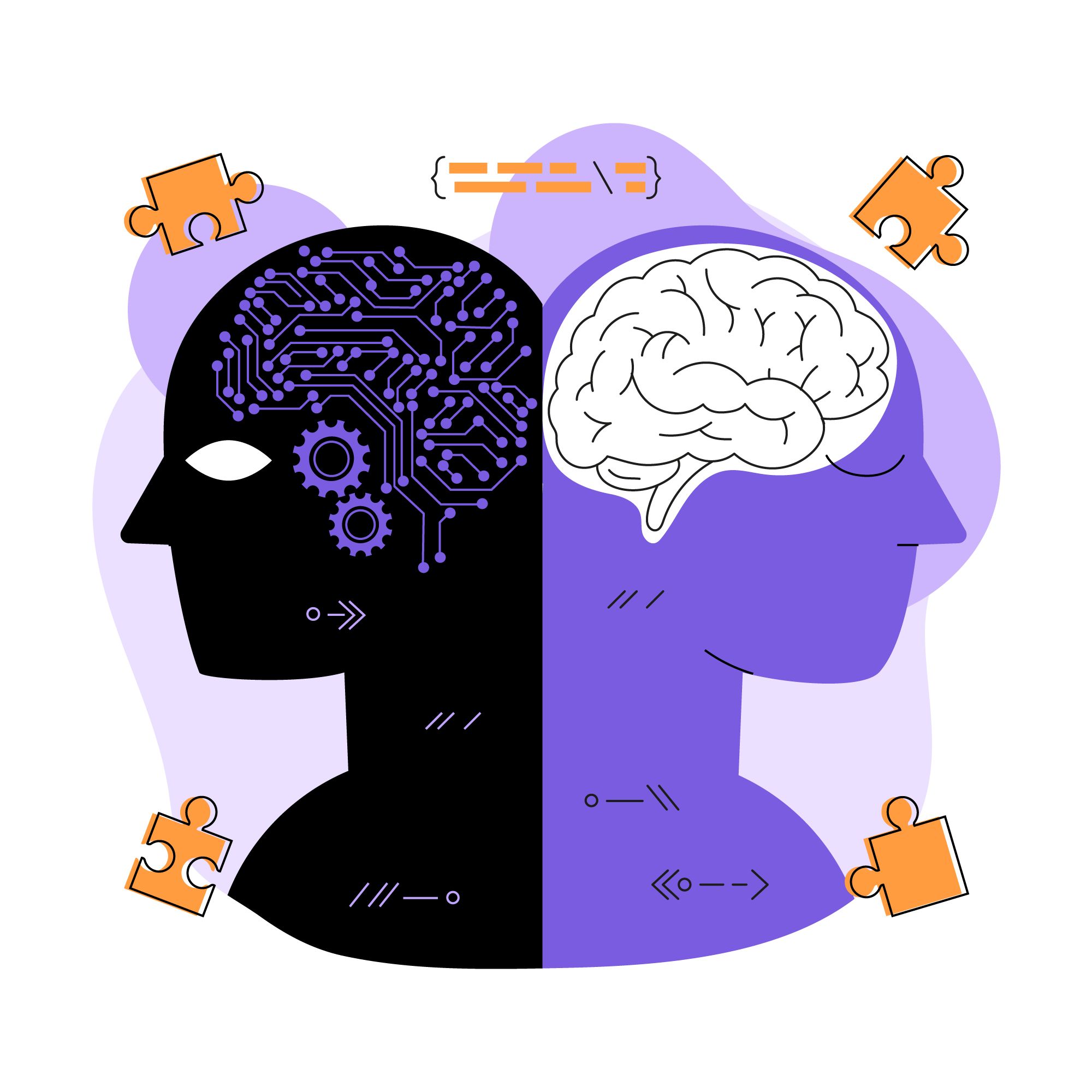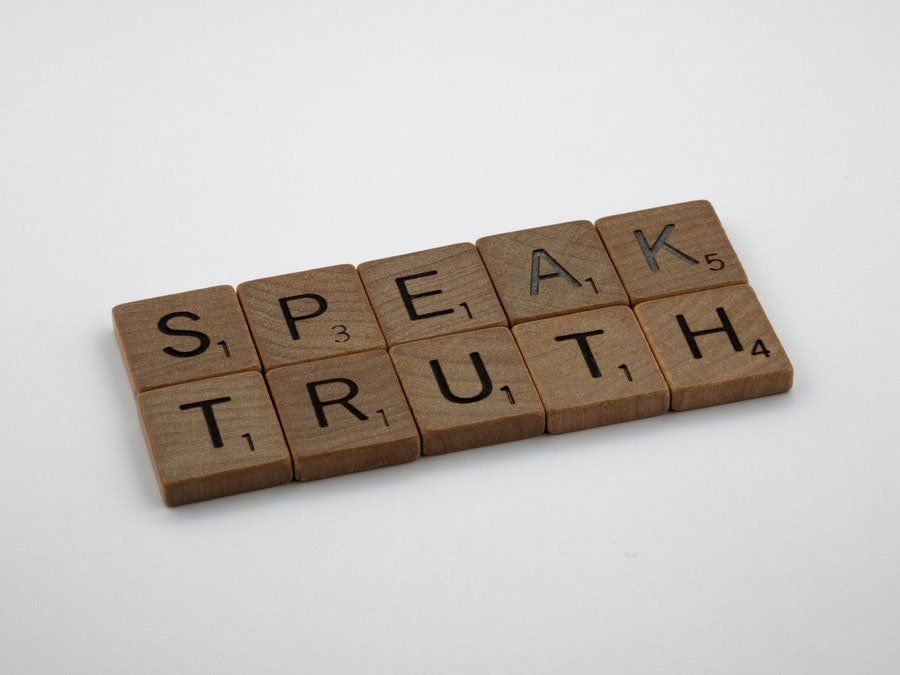The 6 Types of Creative People

And Tips for Leaders on How to Foster Their Creativity
The value of creativity at work has never been greater. And those who can find and form new value have become the most valuable. But most organisations are looking outside for fresh thinkers. A better strategy is to unlock the latent creative potential you already have in your current workforce.
Trouble is, most creativity training doesn’t work or doesn’t last. It dances around the surface, posturing with post-it notes and word association exercises. Oh and don’t forget your quotes from Einstein and Steve Jobs.
You can put your people through all the creative training in the world, but unless you address the story they’ve internalised about their own creative potential, it’s just a bandaid on a wound that has struck an artery.
In my work with executives and entrepreneurs, I’ve found that people usually identify as one of the following six creative identities. Each will produce varying degrees of creative output but all can be improved by helping the individual recognise the story they tell themselves about themselves. See if any of the following sound or feel familiar:
1. Never was creative
Despite the science or their own experience, these people believe they’re not creative and never were. Often due to a sibling being labelled the ‘creative one’, or having grown up in an environment that didn’t allow or encourage self-expression. They end up choosing a career or lifestyle that reflects and reaffirms this misguided belief.
2. Used to be creative
Used to be creatives all share a scar. At one point in their childhood, they were ridiculed or reprimanded for being creative. In a moment of raw vulnerability they were cut so deep it became too painful to do anything like it again. And as a result, they put away the paint for good.
3. Kinda sorta creative
Kinda sorta creatives are fence-sitters. They might’ve played an instrument in school or enjoy a pottery class once a year. But they don’t proactively seek opportunities to express their creative selves. There’s a spark in there somewhere but they’re waiting for someone else to fan the flames.
4. Love to be creative
Love to be creatives, love to be creative. They make an effort to engage in it but will often give it so much significance they can over-engineer the whole experience. Wind up thinking they need the perfect time, place and headspace to create. Perfectionists and procrastinators live here.
5. Natural born creative
Natural born creatives seem to effortlessly arrive with good ideas, slides or outfits. Even their handwriting is creative. But when it comes so easy it’s easy to take for granted. Without a disciplined practice, it can end laying dormant. Their life and career become a sea of unfinished projects and unfulfilled intentions.
6. Everyday creative
For the Everyday Creatives, however, creativity is not a talent, it’s a habit. It’s not a gift, it’s a practice. It’s not exclusive to any particular person, career or task. It’s a way of seeing and being in the world. Enjoying the discovery of who you are and what you’re capable of. Every single day.
Obviously, we want our people to be Everyday Creatives. Open, curious, proactive and generous. The good news is, however your people identify creatively, you can move them toward everyday creativity by focusing on these three things.
Read also: Three Tips for Cultivating Team Creativity
Mykel Dixon is a musician by trade, gypsy by nature and prolific anti-perfectionist moonlighting as an award-winning speaker, creative leadership advisor and event curator. He works with leaders and teams of fortune 500 and ASX 200 listed companies to unleash breakthrough creativity. His latest book Everyday Creative: A Dangerous Guide To Making Magic At Work is now available. To connect with him, email us at editor@leaderonomics.com.
Leadership
This article is published by the editors of Leaderonomics.com with the consent of the guest author.





